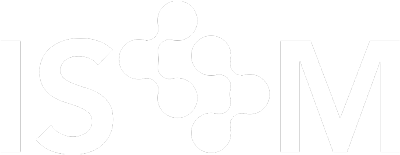
What is anxiety?
Anxiety is a condition(s) of excessive and persistent nervousness, worrying, fear, irritability, and sleep disturbances. It is often accompanied by sweating, palpitations, chest pain, fatigue, headaches, shortness of breath, and muscle tension. (Gaby, 2011)
What are anxiety disorders?
American Psychiatric Association
https://www.psychiatry.org/patients-families/anxiety-disorders/what-are-anxiety-disorders
Different types of anxiety disorders: How are they classified?
https://www.talkspace.com/blog/different-types-anxiety-disorders-classifiedx
Medical standard of care
The medical approach for anxiety involves psychological and pharmacological treatments. This approach does not consider or address nutritional and environmental contributors to anxiety.
Medical standard of care for anxiety (Katzman et al., 2014):
- screen for anxiety and related symptoms
- conduct differential diagnosis (consider severity, impairment, and comorbidity)
- identify specific anxiety or related disorder
- provide psychological and/or pharmacological treatment
- perform follow-up
Typical medications used to treat anxiety include benzodiazepines and antidepressant selective serotonin reuptake inhibitors (SSRIs). (Melinda 2020)
Medications for anxiety
https://www.helpguide.org/articles/anxiety/anxiety-medication.htm
https://www.drugs.com/condition/anxiety.html
Anxiety disorders and treatments
National Institute of Mental Health
https://www.nimh.nih.gov/health/topics/anxiety-disorders/index.shtml (09.26.2020)
Why consider an orthomolecular approach?
Anxiety has numerous biological causes and contributors that have been identified through nutritional research and clinical practice. Each individual may experience anxiety symptoms for different reasons.
An orthomolecular approach:
- identifies the drivers and causes of anxiety and focuses on understanding them
- works WITH the body to restore balance and normal function, and considers the person with the condition vs. just the condition
- addresses nutrient depletions that promote anxiety whereas medications do not
- can be done SAFELY in conjunction with most medical interventions


